Best MetaMask Alternatives: Top 5 DeFi Crypto Wallets

A crypto wallet is your main gateway to Web3, sticking with you every step as you dive into crypto and its many layers. But let’s be real—for most new users, wallets still feel like a hassle. It’s not just the seed phrases; it’s that the interfaces are clunky, confusing, and sometimes far from user-friendly. MetaMask, the top EVM wallet, might be the biggest offender, hanging onto its lead while feeling stuck in the past. So, if you’re ready for a better experience, here are five wallets that could finally ease the ride.
What Is Wrong With MetaMask?
MetaMask, one of the earliest crypto wallets, was built in a time when DeFi was barely a concept, and the landscape was simpler—fewer tokens, fewer chains, fewer needs. The developers who built it were focused on functionality, crafting a tool primarily for themselves and other early adopters, not the average user. But nearly ten years later, MetaMask looks almost the same, both visually and in its mechanics. It’s an interface that feels stuck in the past, out of sync with how much crypto has evolved.
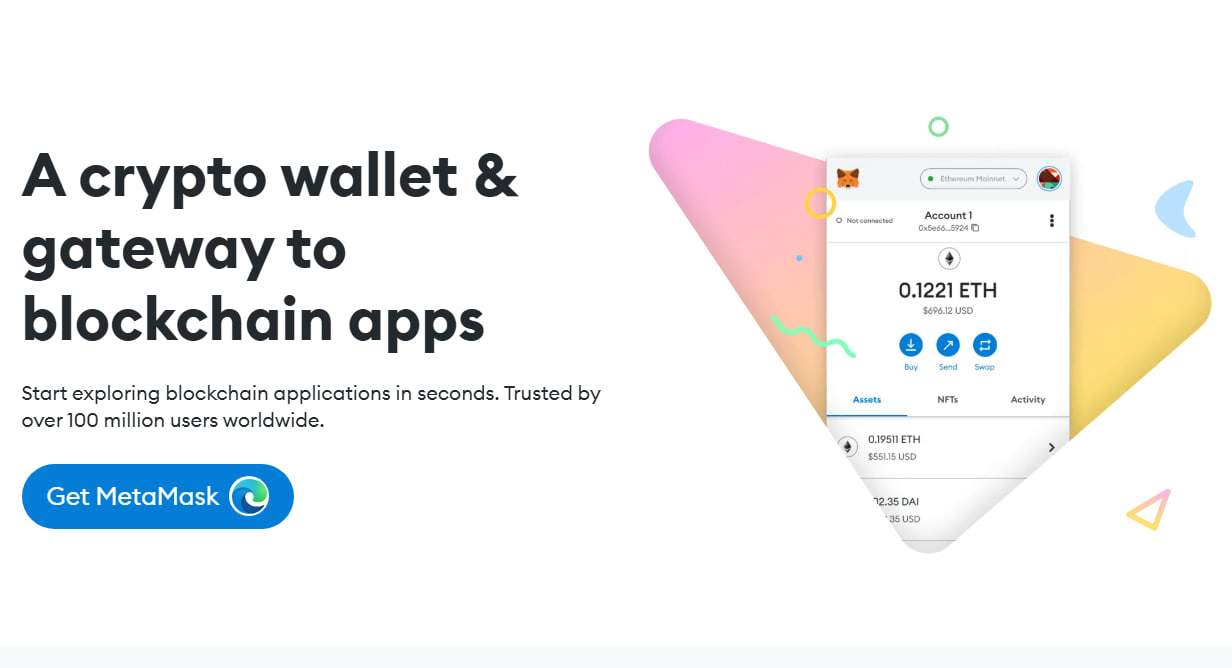
Despite its popularity, MetaMask has some real usability issues. The design is clunky, and almost everything is manual. Adding networks beyond Ethereum or Linea? Manually done. New tokens? Manually added. Chain switching? Again, manual, every single time. While seasoned users may know the drill, for beginners, this setup can be a minefield of potential errors. Even veterans find the process frustrating due to frequent bugs and laggy performance. And while MetaMask recently added some scam filtering, it still lacks meaningful protections for DeFi users who might make mistakes or run into hacks.
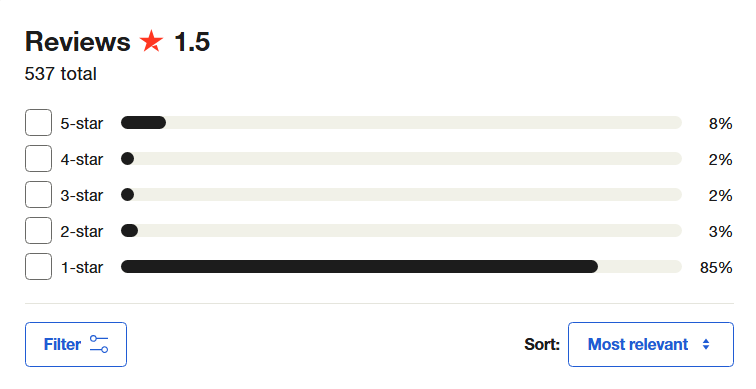
For a tool this widely used, MetaMask’s feedback is harsh. Take Trustpilot, where it has a 1.5 out of 5 rating—mostly frustrated users sharing real gripes. Some complaints come from preventable user errors, sure, but others highlight real flaws in the software. That rating says it all: MetaMask is overdue for a refresh. And today, better wallets exist—wallets with stronger functionality and user-friendly design, a relief for those ready to move on.
Rabby Wallet: All-In-One DeFi Interface
Rabby Wallet has quickly become a personal favorite for me. Just install it, give it three minutes, and you might never look back at MetaMask. It’s smooth, it’s smart, and if only I were getting paid for this, it’d be an ad integration dream. Rabby is built by DeBank, the well-known social crypto network and DeFi aggregator. DeBank’s ecosystem gives Rabby an edge, providing a seamless interface for users to track portfolios and transactions across various networks. Naturally, Rabby covers the basics: sending, receiving, tracking transactions, swapping tokens, and even handling NFTs. But the wallet truly shines with specialized features that most Ethereum wallets don’t even attempt.
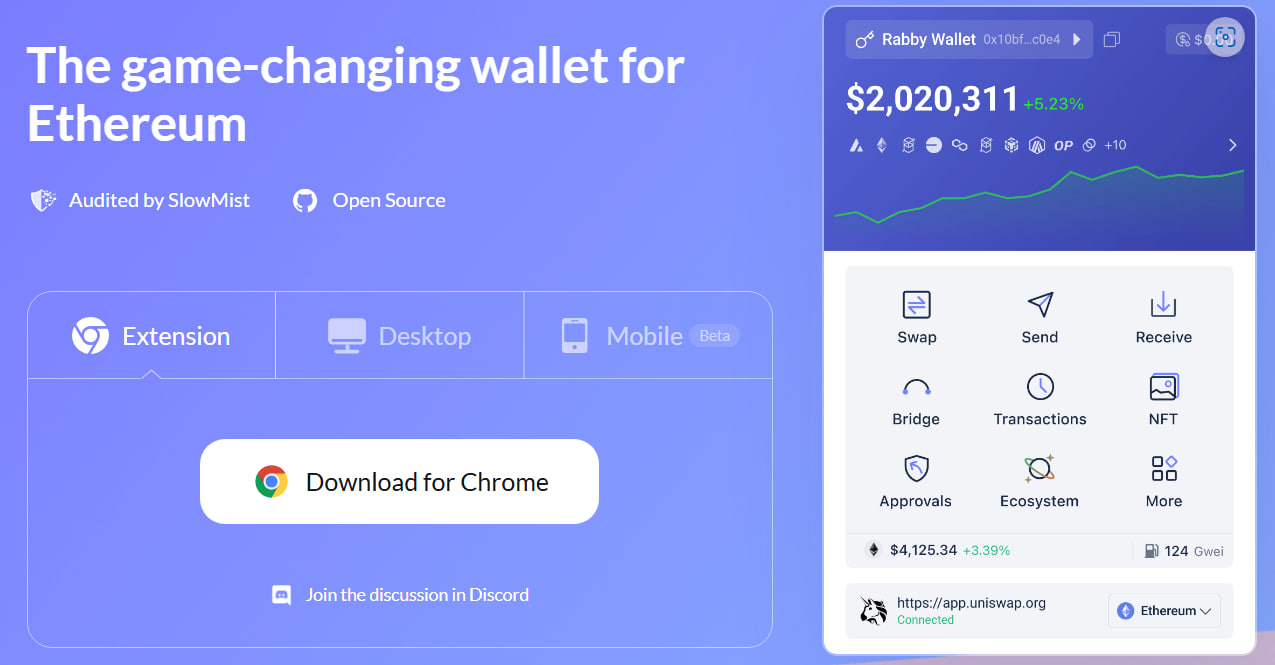
Rabby’s strengths lie in its smooth, all-in-one UX. Auto-chain switching saves you from toggling networks each time you use a cross-chain DEX. The transaction simulation feature lets you preview asset changes before you sign, keeping scams at bay. For added security, you can manage token approvals, revoke access on compromised contracts, or set regular resets. Address sorting and whitelisting keep your contacts organized, while gas savings mode optimizes fees, predicting low prices based on network history. And Rabby adds some rare perks: scam transaction filtering, smart contract labeling, and even gas refills with tokens from other networks.
Rabby is the wallet for anyone who is juggling clunky interfaces. If you’re deep in DeFi or just diving in, Rabby keeps things straightforward without cutting corners on control. Think of it as more than a wallet—it’s your all-in-one smart account with 110+ EVM chains, portfolio tracking, and a seamless entry point to DeFi. Ready to leave the old MetaMask days behind?
Coinbase Wallet: For Those Deep in the Coinbase Ecosystem
Coinbase Wallet, a standalone product from the popular Coinbase exchange, offers a solid option for those already in the Coinbase ecosystem. It’s designed for ease of use, especially for beginners, with an intuitive interface that simplifies managing digital assets. Unlike the exchange, the wallet supports a wider variety of tokens, covering Ethereum, Solana, and all EVM-compatible networks through both its mobile app and browser extension. For users who want to add networks manually, Coinbase Wallet also allows customization beyond its pre-configured options, which include Arbitrum, Avalanche C-Chain, Base, BNB Chain, Gnosis Chain, Fantom Opera, Optimism, Polygon, and Solana.

One advantage is that you can link your Coinbase account directly to the wallet, making it easy to access crypto holdings and handle on-ramps. It also offers unique features, like messaging based on wallet addresses, and hosts occasional quests to earn extra funds in various crypto projects. The mobile app further supports Bitcoin, Dogecoin, and Litecoin, adding versatility for users with broader crypto holdings. However, the browser extension could use some improvement—switching networks can be a hassle, and if you’re using multiple wallets, the Coinbase extension may sometimes interfere, requiring you to disable it.
Coinbase Wallet is a good fit for those already using Coinbase who want seamless integration between exchange and wallet. It’s a decent all-rounder, but there are better choices for users who need more advanced or hassle-free functionality.
OKX Wallet: Your All-in-One Gateway to DeFi and Bitcoin
OKX Web3 Wallet, built by the OKX exchange, combines the strengths of centralized exchanges (CEX) and DeFi into one tool. Tailored for Web3 activities, it allows users to connect to smart contracts, sign transactions, and dive into DeFi straight from the OKX interface. The best part? It’s not limited to EVM chains—it also supports networks like Bitcoin and Solana.
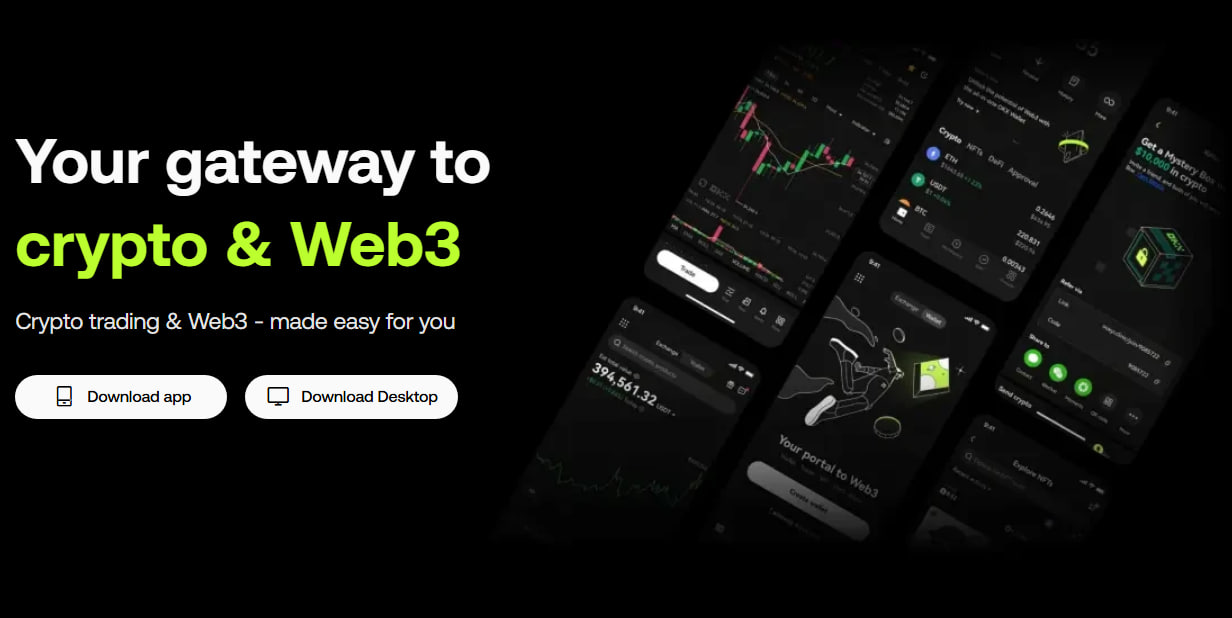
A key feature of OKX Wallet is its DeFi dashboard, offering an NFT marketplace, a DeFi yield aggregator, and decentralized exchange support. The NFT marketplace lets users buy and trade digital assets, from art to game NFTs, while the yield aggregator showcases top staking and yield farming options. OKX’s P2P market is also accessible from the wallet, making direct trades easy. For Bitcoin enthusiasts, OKX opens up Bitcoin DeFi, supporting ordinal inscriptions and BRC-20 smart contracts.
This wallet is perfect for users who value CEX integration along with seamless DeFi access. With its recent focus on the emerging Bitcoin DeFi ecosystem, OKX Wallet offers a fresh alternative to MetaMask, supporting over 60 networks, including Ethereum, Solana, and Bitcoin.
SafePal Wallet: Cold Storage Meets DeFi Access
SafePal Wallet combines hardware and mobile options, aimed at users who prioritize security along with versatile access. Serving over 8 million users globally, it supports 55 blockchains and offers a complete wallet suite: a hardware wallet, a mobile app, and a browser extension. While the browser extension is available, SafePal’s main strengths lie in its hardware and mobile setups. The hardware wallet, fully air-gapped with no Bluetooth, WiFi, or other radio frequencies, keeps private keys offline and secure. Compact at credit card size, it includes an anti-tamper and self-erasing mechanism and supports 54 chains, making it portable and reliable for offline asset storage.

On the mobile side, the SafePal app offers full asset management and dApp access. It includes in-app cross-chain swaps across CEXes and DEXes, yield-boosting and auto-compounding staking options, and a cross-chain gas converter. Notably, it supports Binance and MEXC dApps, allowing users to access these exchanges directly from within the SafePal app, providing a seamless, CEX-like interface for trading and asset management. There’s also an on-ramp solution, and “Giftbox” campaigns offer learning and earning opportunities with ecosystem partners. Regular security updates guard against scams and phishing, enhancing SafePal’s secure mobile environment.
This wallet setup works well for users needing offline storage with flexible mobile access. Those who prioritize hardware wallet security for cold storage but also want a functional mobile app for DeFi would find SafePal’s options useful. The browser extension is a lesser focus, but still good to go.
Zerion Wallet: One-Stop DeFi with Institutional-Level Tools
Zerion started as a DeFi aggregator in 2016 and has since evolved into a full-featured DeFi platform with its own wallet extension. It’s built to make DeFi straightforward, providing detailed transaction history, investment tools, market insights, and more. For those who want an in-depth look at their crypto finances, Zerion delivers a clear, transparent view of every transaction. It even integrates with TokenTax for easy tax calculations—though this feature comes at a fee.

On the investment side, Zerion gives users key insights, showing token prices, fees, and potential earnings in both crypto and fiat. The market section works like a streamlined CoinMarketCap, showing real-time data for each DeFi token and routing trades to exchanges with the best rates, even splitting orders across platforms when it saves on fees. Zerion also highlights trending and high-risk assets, along with options for token swaps, liquidity pools, and lending through protocols like Aave, Maker, and Compound. Users can find opportunities to earn interest, lend assets, and manage NFTs—all from one interface.
For users seeking detailed tracking and a diverse range of DeFi options, Zerion covers it all. With TokenTax integration, it’s one of the most institutionalized DeFi wallets, ideal for anyone needing a single platform for tracking, trading, and tax solutions.
Future of Web3 Wallets: Account Abstraction
Web3 wallets are finally shifting toward user experiences that don’t require a technical background. These wallets are easier, more intuitive, and packed with useful features, thanks to concepts like account abstraction. With account abstraction, you don’t need to memorize a seed phrase—instead, recovery options can involve trusted contacts or other devices. This approach is more secure and lets users recover accounts without the usual stress. It’s not just theory anymore, either—many wallets are already incorporating account abstraction, taking us closer to Web3 without the old barriers.
If you’re ready to try different wallets, Binaryx offers a real use case for tokenized assets. With Binaryx, real estate becomes accessible to everyone: own a fraction of a property for as little as $500, earn from rental income, or see your investment grow with property appreciation. It’s a new way to get into real estate, where the blockchain meets tangible assets, making fractional ownership a reality.
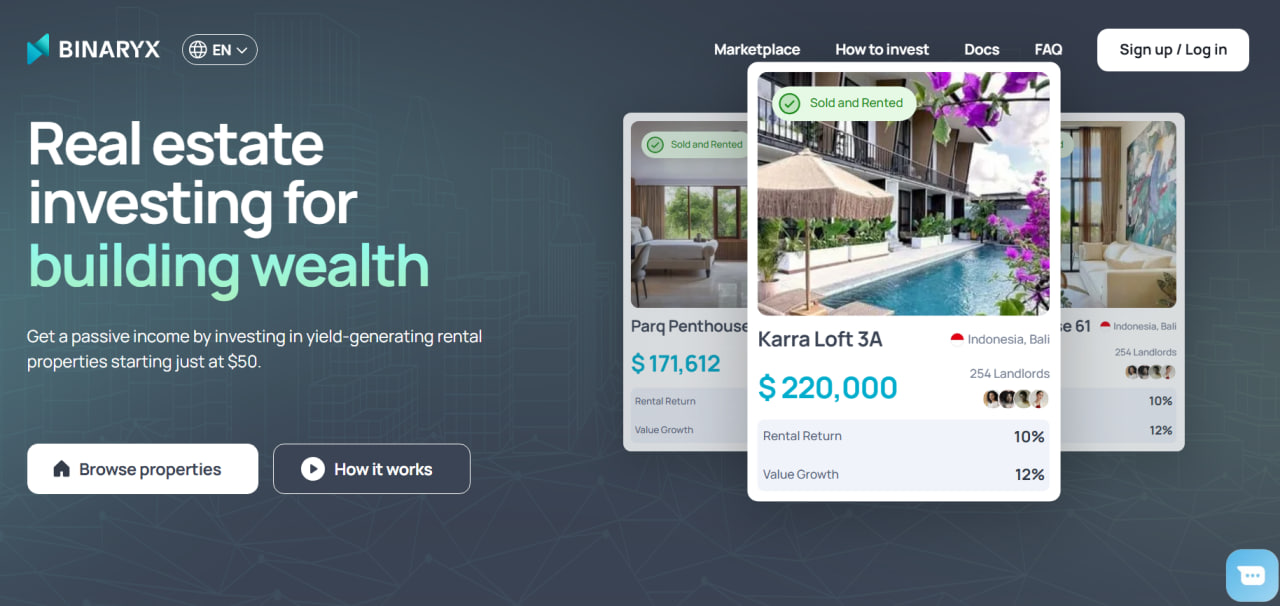
Articles you may be interested in
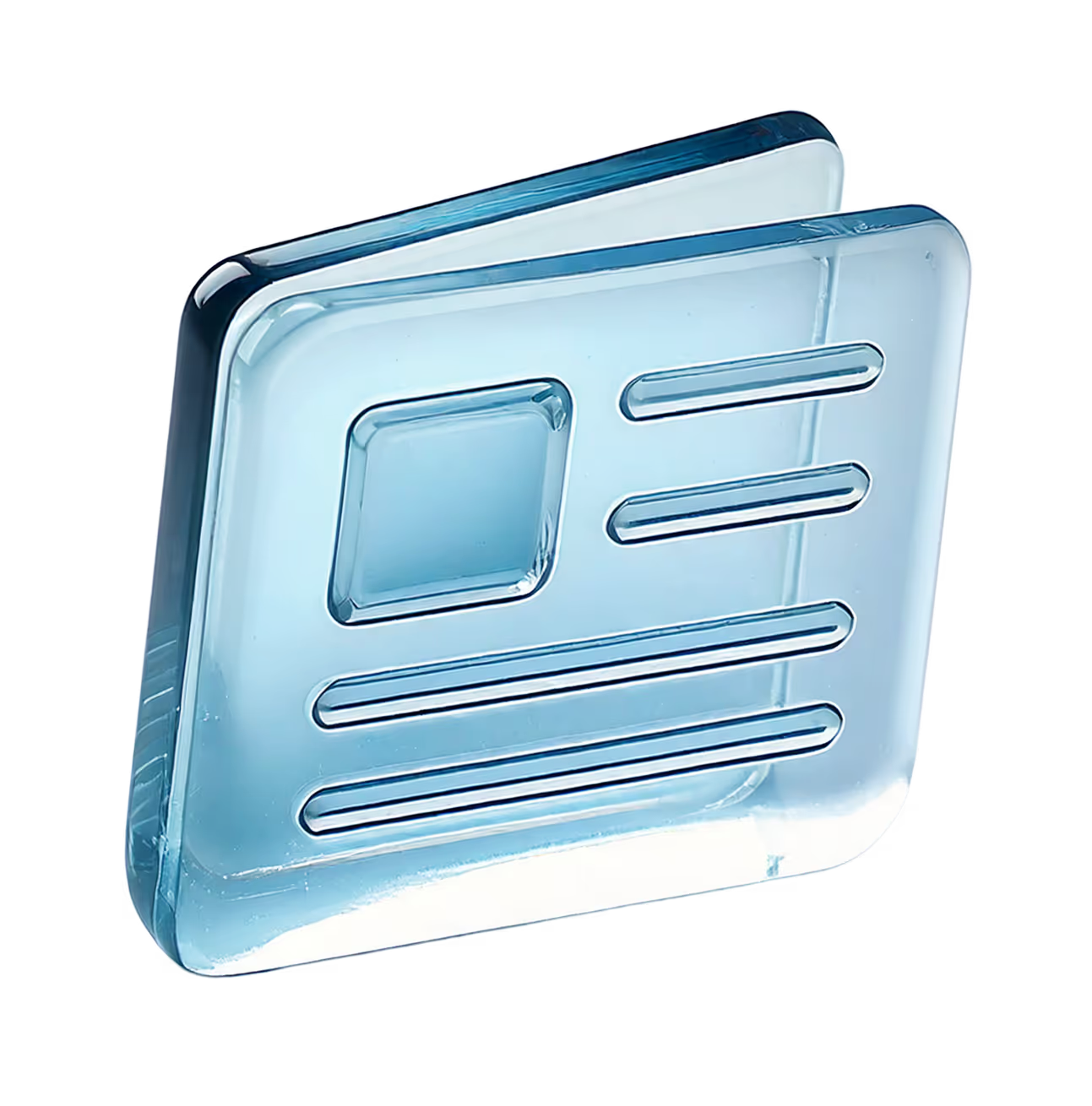
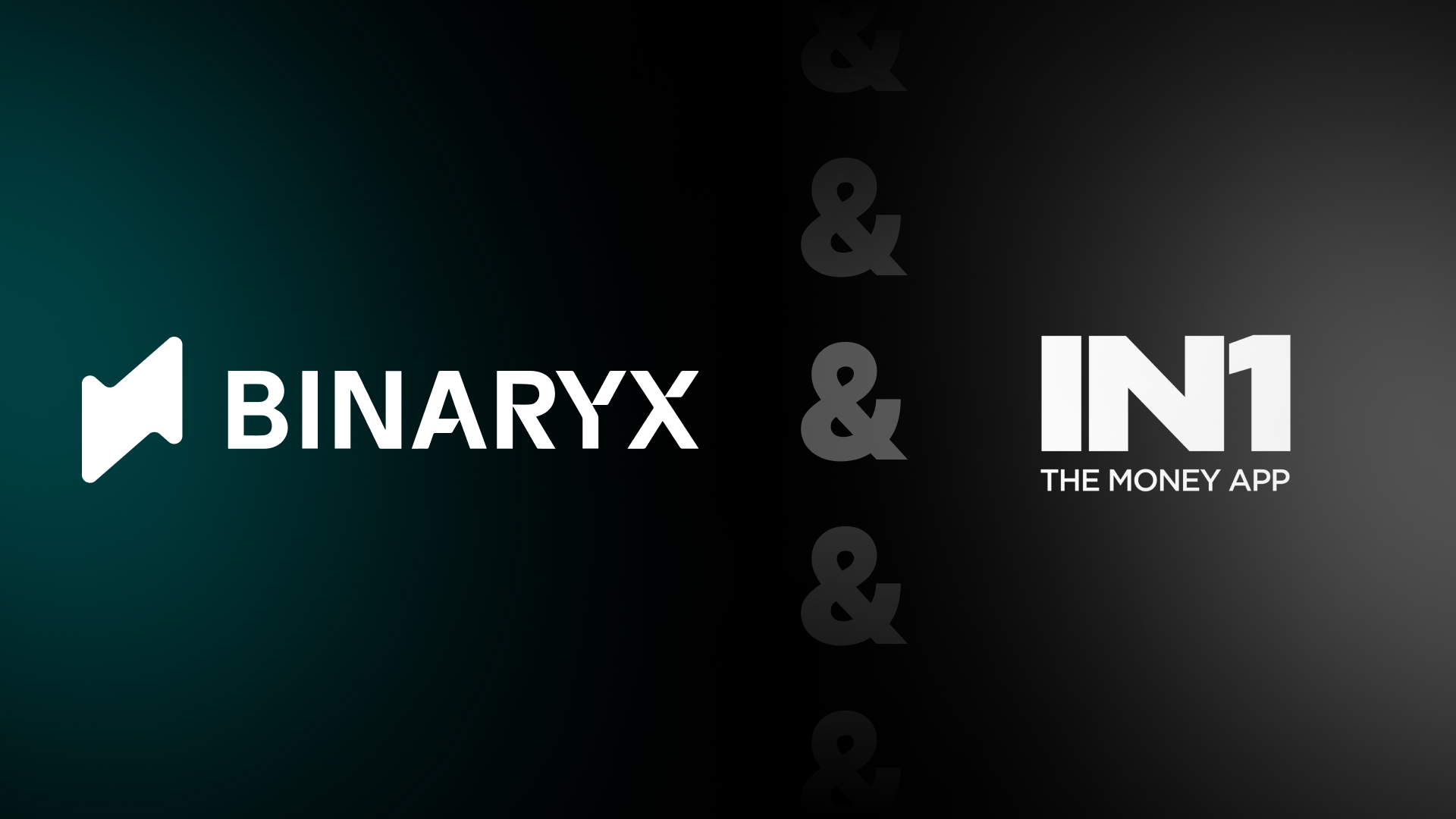

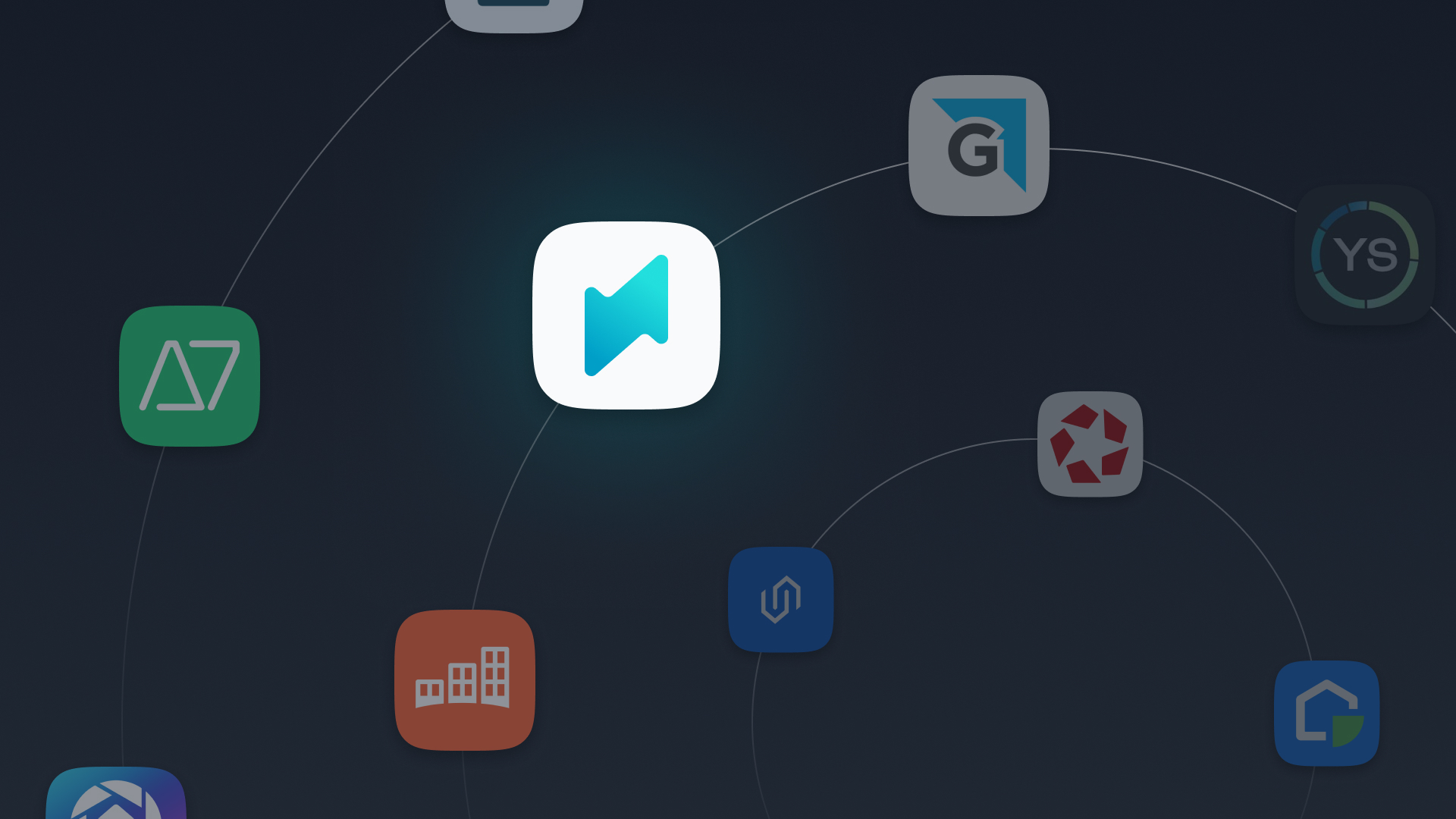
.jpeg)
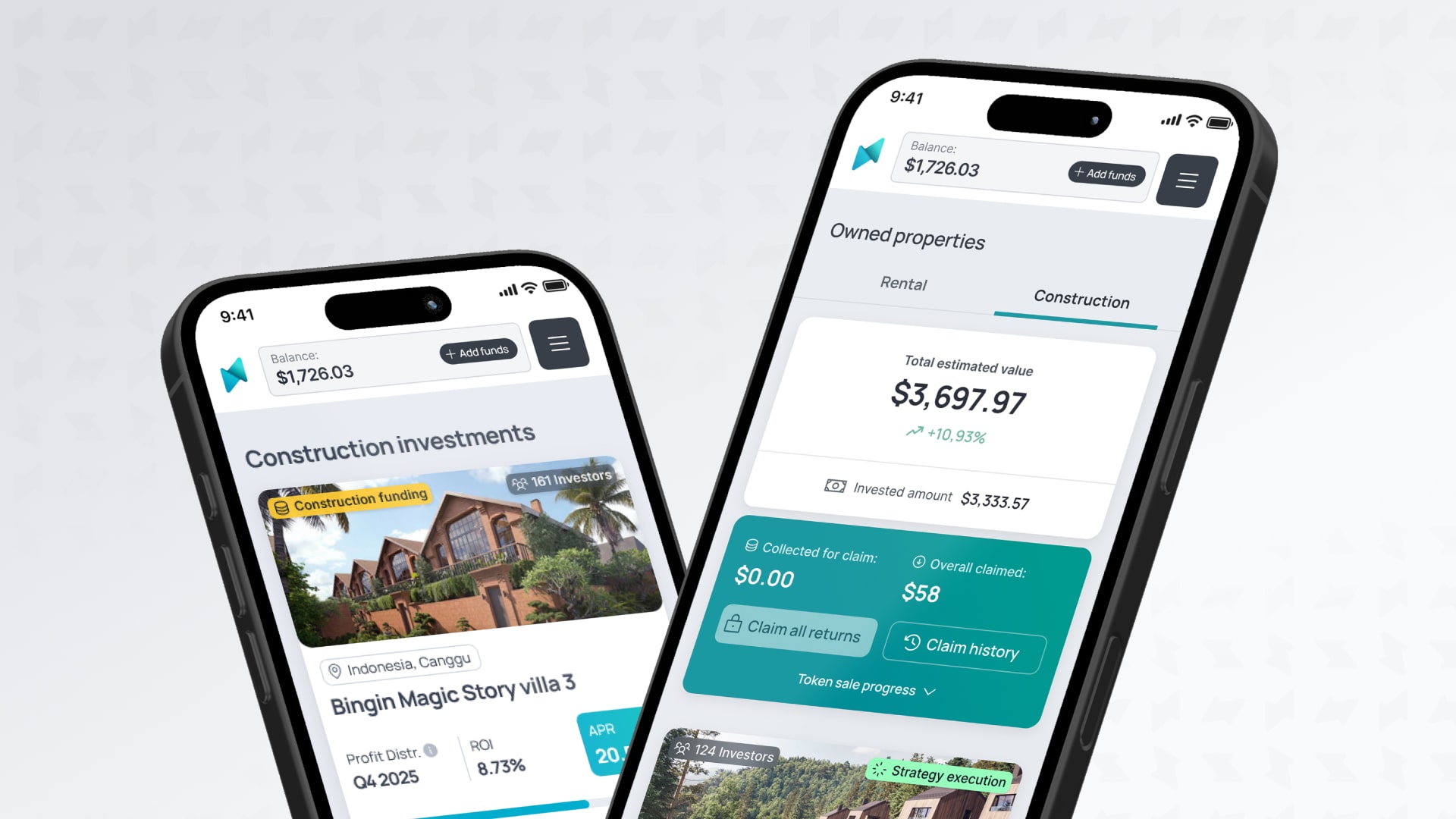
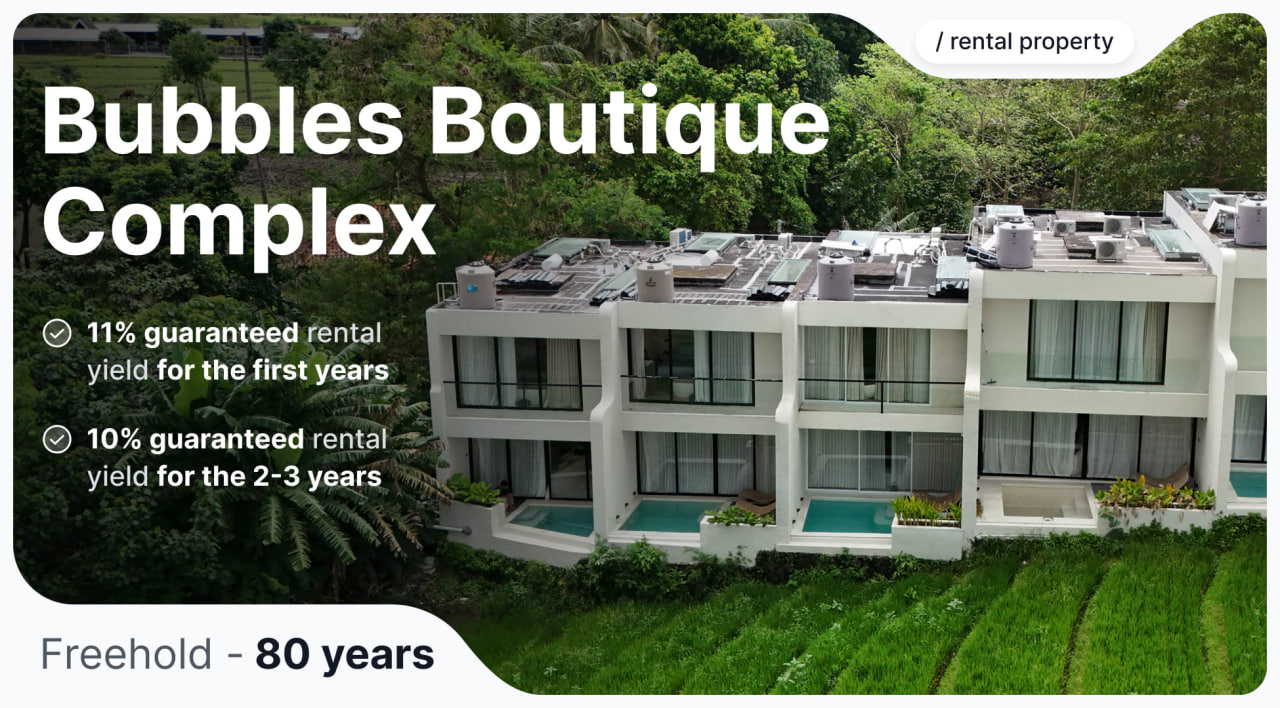

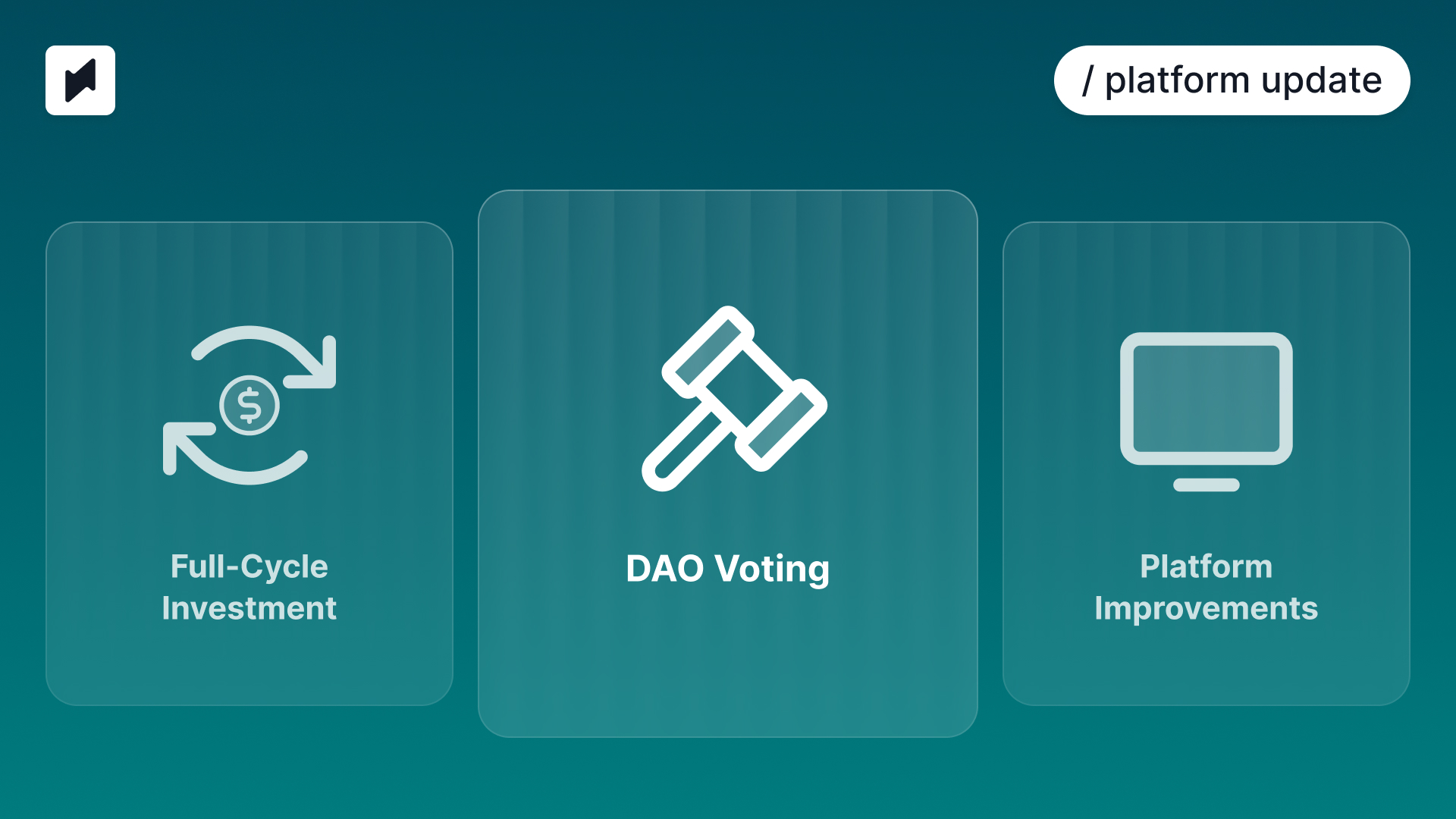

-min.jpeg)
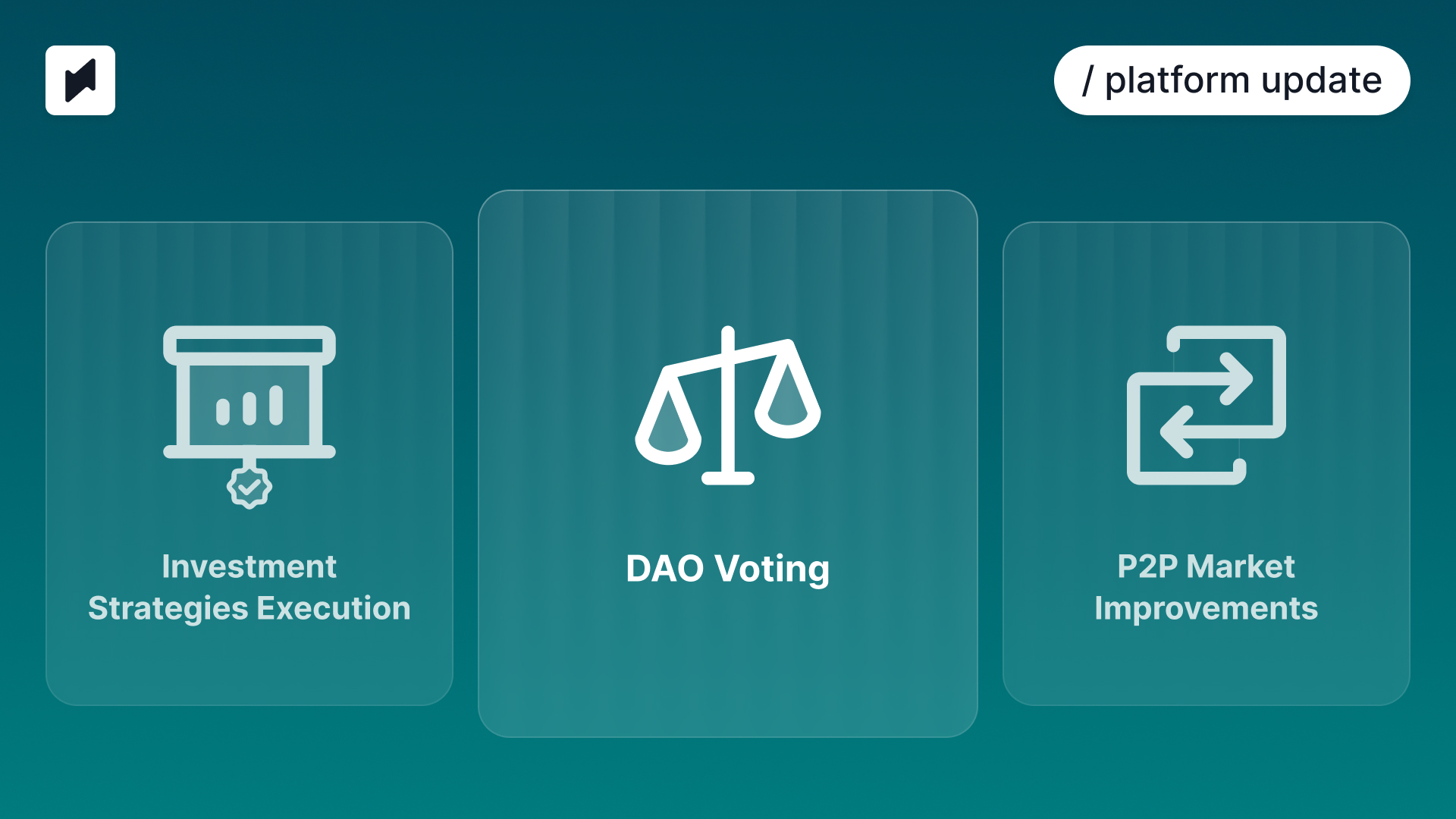

.webp)